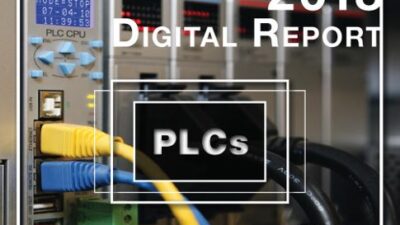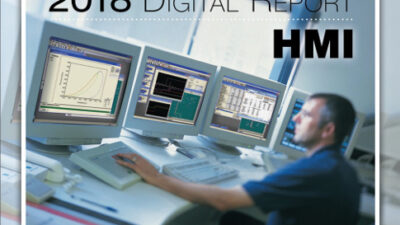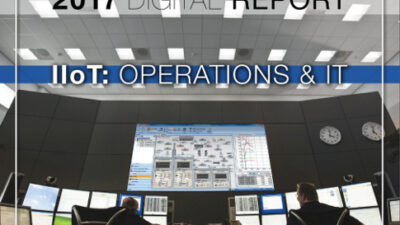Electromagnetic interference (EMI), noise, grounding, accuracy, resolution, aging, drift, isolation, and noisy power supplies can cause problems in applications. Help follows on aliasing.
Tucson, AZ —conditioning modules and anywhere an analog-to-digital converter is active.
A crucial feature in
Dataforth
isolating signal conditioning modules (SCMs) is the input anti-aliasing filter on modules, which eliminates rogue frequencies that could cause aliasing, the company says.
“Alias” is defined as otherwise called– otherwise known as. It is from this notion, that another word or name can be used to identify a given subject, that the word “alias” is used in data conversions, processing, and translations, Dataforth says.
Because SCMs that provide isolation typically use some form of analog sampling conversion process to move analog information across an isolation barrier, it is important that system engineers carefully examine the application to determine if aliasing can occur. Dataforth engineers are very familiar with the aliasing gremlin and take precautions to prevent it in their isolated SCMs. Although Dataforth cannot prevent an undesirable rogue frequency from appearing in a user’s sensor signal, company design engineers have tailored the sampling frequency and reconstruction process to avoid aliasing, ensuring SCMs function in the specified frequency range, they say.
Digital immersion: As immersion in the digital world increases, parameters of real-world information (temperature, voltage, current, speed, flow, pressure, distance) for process communications and control, are analog in nature. Processing information is primarily achieved through digital signal processing techniques. Microelectronics has enabled digital processing power to extend into the field where sensors are located; preprocessing can be accomplished outside the main computer or PC, the company says.
Converting analog data into digital data requires sampling the signal at a specific rate, known as the sampling frequency. The result of this conversion process is a new function, the frequency spectrum of all the frequency components of the original signal time function. Fourier transform mathematics of the process shows that this transformed frequency spectrum consists of the signal frequency spectrum plus this spectrum shifted by all harmonics of the sampling frequency.
Aliasing : If (a) the original analog signal is sampled in the conversion process at a minimum of twice the highest frequency component contained in the analog signal, and (b) if the reconstruction process is limited to the highest frequency of the original signal, then the reconstructed signal accurately duplicates the original analog signal. Fail (a) or (b) and the process can result in aliasing.
An example from Dataforth: consider a time function signal consisting of two sinusoids, one at 25 Hz, the other expected to be at 180 Hz. This sampling process uses a sampling frequency of 400 Hz and the reconstruction process has a bandwidth limit of 200 Hz. The only frequency components that will appear in the conversion are 25 Hz and 180 Hz. Now what if the original signal’s highest frequency is not the expected 180 Hz but 213 Hz? This situation results in a reconstructed signal consisting of 25 Hz and 187 Hz (400-213). The 213 Hz signal component appears in the output as the 187 Hz component– and the aliasing gremlin has arrived (187 Hz “alias” 213 Hz). This example is not very practical because sampling frequencies are usually much higher, but it nonetheless illustrates the aliasing phenomenon associated with sampling processes.
Download a compressed file of a basic starter MATLAB program file and interactive Excel spreadsheet to experiment with the effects of different types of signal and sampling frequencies.
Help with grounding? Control Engineering has a book, ”
Control System Power and Grounding Better Practice
.”
— Control Engineering News Desk Register here and scroll down to select your choice of eNewsletters free .


